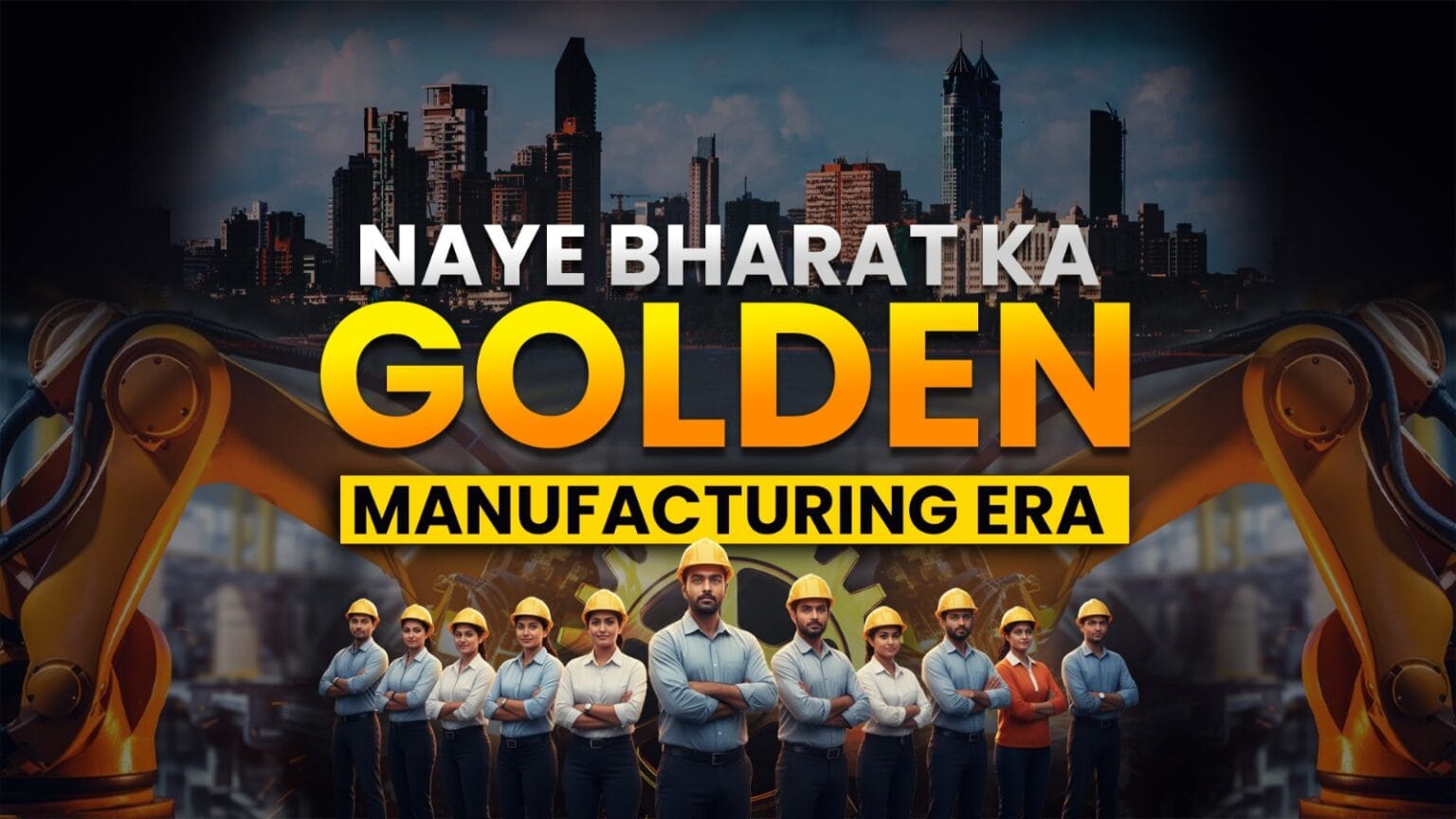Introduction
For years, critics have argued that India’s manufacturing is terrible. But the reality is far from it. Over the past decade, India has quietly but powerfully emerged as a manufacturing hub, with milestones that demand recognition. From mobile phones to defense equipment, from pharma exports to renewable energy, India is carving its own golden era of manufacturing.
This blog explores who is driving India’s manufacturing rise, what has been achieved, when this shift began, where the progress is visible, and why this matters for India’s future.
Who is Driving the Change?
India’s manufacturing revolution is not the result of one sector alone. It’s a collective effort by:
- Government policies like Make in India and Production Linked Incentive (PLI) schemes.
- Private sector giants such as Tata, Mahindra, Reliance, and Maruti Suzuki who have expanded production capacity.
- Research institutes like ISRO, which has developed the Vikram 32 microchip to strengthen India’s electronics ecosystem.
- Pharma innovators who’ve created indigenous antibiotics such as Nafitromycin.
Also read – How To Import From China Without Travelling
What Has India Achieved?
India’s progress spans multiple industries:
- Mobile Phones: India is now the second largest producer of mobile phones, exporting $30 billion worth in 2025. That’s 130x growth in just 10 years.
- Microchips: With ISRO’s Vikram 32, India is set to utilize 20% of global silicon chip design talent already based in the country.
- Pharma & Medical Devices: India exports medicines to 100+ countries and has invested $400 million in producing medical devices such as MRI machines and heart implants.
- Defense: Around 65% of India’s defense equipment is now manufactured domestically, including systems for naval warships.
- Renewable Energy: India is the third largest producer of solar and wind power globally.
- Toys: Once heavily dependent on imports, India now exports toys to 150+ countries, with imports halved in the last decade.
- Transportation: India has built 150 Vande Bharat trains, exports metro coaches to Australia and Canada, and sends thousands of cycles annually to Europe. The upcoming eVitara EV will be India’s first electric vehicle exported to 100+ countries.
WATCH THE VIDEO
When Did This Transformation Begin?
The seeds were sown in the early 2010s with initiatives like Make in India (2014), which encouraged both domestic and foreign manufacturers to set up plants locally. Over the past 10 years, this vision has matured into visible progress. By 2025, the results are undeniable – India’s exports, production capacity, and global presence have multiplied.
Where is India Making an Impact?
India’s manufacturing influence is now global:
- Mobile phones and EVs are exported worldwide.
- Metro coaches travel to Australia and Canada.
- Cycles are shipped to European countries.
- Pharma reaches over 100 nations, especially in Africa and Asia.
- Toys find homes in 150+ countries.
This global footprint shows that Indian products are not just serving domestic demand but are competing internationally.
Why Does This Matter?
Every nation has a turning point. For the US, it was the 1980s when its GDP exploded. For China, it was the post-2008 boom. For India, the golden age of manufacturing is happening now.
Why is this important?
- It creates jobs for millions.
- It reduces import dependency, strengthening economic security.
- It positions India as a global player in strategic sectors like defense, energy, and electronics.
- Most importantly, it builds national pride – showing the world that India is not just a consumer market but a producer and innovator.
Conclusion: A Moment of Pride
Yes, India still has challenges. We may not yet match China’s scale or lead in every sector. But the achievements in manufacturing are undeniable and historic.
From mobile phones to metro coaches, from pharma to defense – India is building its future, brick by brick, factory by factory.
This is Naya Bharat. This is Manufacturing Bharat.
And as Indians, we should stand proud.
Jai Hind.






